From AVWeb: one of the world's two remaining B-29 Superfortresses flew for the first time this weekend after being grounded for more than 60 years.
From CityLab: Nice's surveillance network is extensive—possibly too extensive to do any good.
From New Republic:
Over in the Atlantic, James Fallows just adds it to the list of things historians will probably wonder about (at #44) and why it matters (#45).
Cranky Flier reports on a different batch of corruption after United Airlines released documents showing how its bid in Newark, N.J., for a new hangar went south. Literally.
At New York Magazine, Andrew Sullivan live-blogged day 1 of the Republican National Convention.
At The New Yorker, Jane Mayer talked with Tony Schwartz, the man who wrote Trump's Art of the Deal.
And here at home, from Crain's Chicago Business, how former governor Jim Edgar has gone from coaching current governor Bruce Rauner gently to calling him out in public.
Because I need to read all of these and have to do my actual job first:
I'll get to these this evening. I hope.
Chicago saw the end of an era today:
The final Chicago-made Oreo cookies will roll off the line Friday, ending the iconic cookie's decadeslong run of delighting consumers and providing good-paying union jobs on the Southwest Side.
The last Oreo line at the Mondelez International plant is shutting down as the global snack and confectionary company shifts some of its production to Mexico. As part of the move announced last summer, the company said it would be laying off about half of the plant's 1,200 workers; many of them are already gone. The Chicago plant will continue to make other products, like BelVita breakfast biscuits and Mini Chips Ahoy cookies. Oreo cookies will continue to be made at three other plants in the U.S. — just not at the brick bakery at 7300 S. Kedzie Ave.
In making the decision, Mondelez executives said they could save $46 million a year by installing the so-called "lines of the future" in Salinas, Mexico, rather than Chicago.
You can get a lot of Double-Stuf for $46m.
Today marks the 49th anniversary of the most odiferous disaster ever to strike the shores of Chicago:
[D]uring the 1930s, these alewives got into Lake Michigan. They weren’t much of a problem because the bigger fish–like the trout–would eat them. But the sea lamprey came along and ate the trout. Sea lampreys didn’t eat alewives, so suddenly, the lake had all these alewives and no predators.
Pretty soon there are alewives filling the lake. That’s what today’s story is about—July 7, 1967. There are so many alewives around Chicago that it’s become national news. Even Time magazine is talking about it.
Of course, those alewives would be decaying, and you can imagine the smell—well, you probably don’t want to. The flies would come in, and the beaches would be a mess. The city would have to use tractors and bulldozers to clear off the beaches.
Nobody knew how many dead alewives there were. Experts said hundreds of millions, maybe a billion. A guy in a plane over the lake saw a ribbon of drifting dead alewives 40 miles long.
I remember these die-offs continuing until the late 1970s. Today, we have salmon in the lake, so fewer alewives. At least, until the carp get here...
New York Times business columnist James Stewart thinks it through:
Unless Britain finds a way to undo its decision to leave the European Union, London’s days as the pre-eminent global financial capital, ranked even ahead of New York, may be numbered.
Who might win this high-stakes financial sweepstakes?
Here are the criteria most frequently mentioned: English-language facility, which is essential for attracting a global work force; a favorable regulatory environment, especially regarding employment; excellent transportation and communications infrastructure; availability of prime office space and luxury housing; good schools; good restaurants and cultural offerings; and finally, an intangible quality that includes a certain energy level and openness to an influx of highly paid, competitive City of London-Wall Street types.
I scored numerous cities in the European Union on a 60-point scale: five points for office space and housing, five points for restaurants and cultural offerings — because it’s easier for any city to build new offices and housing, and import talented chefs and entertainers — and 10 points for each of the others.
So who's on top? I'll let you read it, but for my money, I'd live in any of Stewart's top 3.
Two more photos from last weekend. This is what I walked around in near Tring on Sunday:
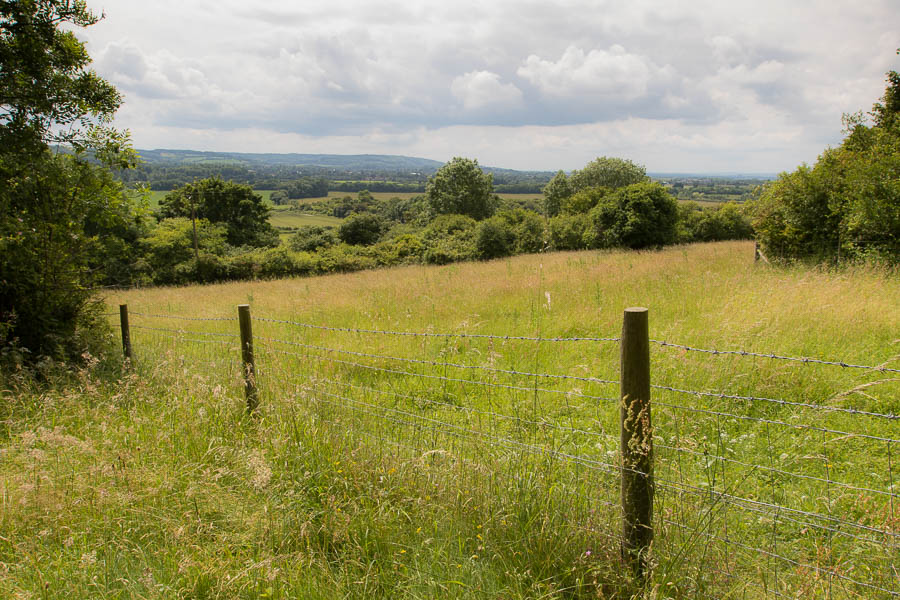
down well-marked paths:
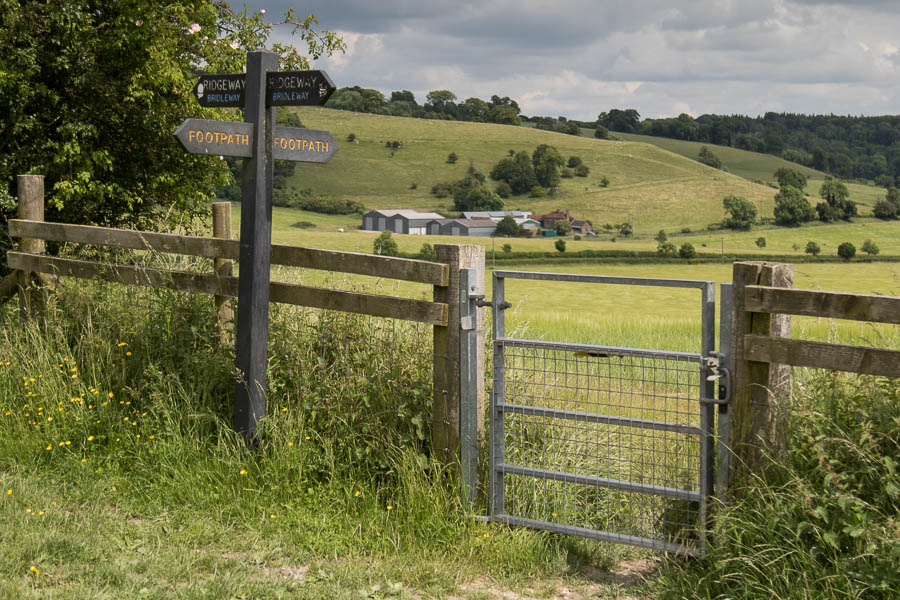
That, I tell you, is England. Which I hope very much will stay in the United Kingdom.
I visited the Tate Modern on Saturday to see their new building and snapped some photos. Here's the north face with the Millennium Bridge off to the left: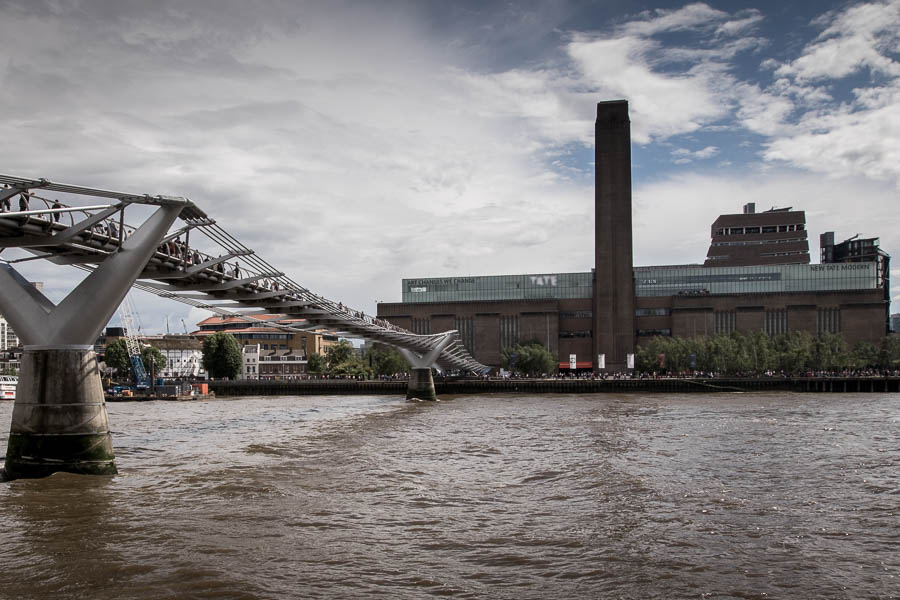
A better photo of the west entrance foyer:
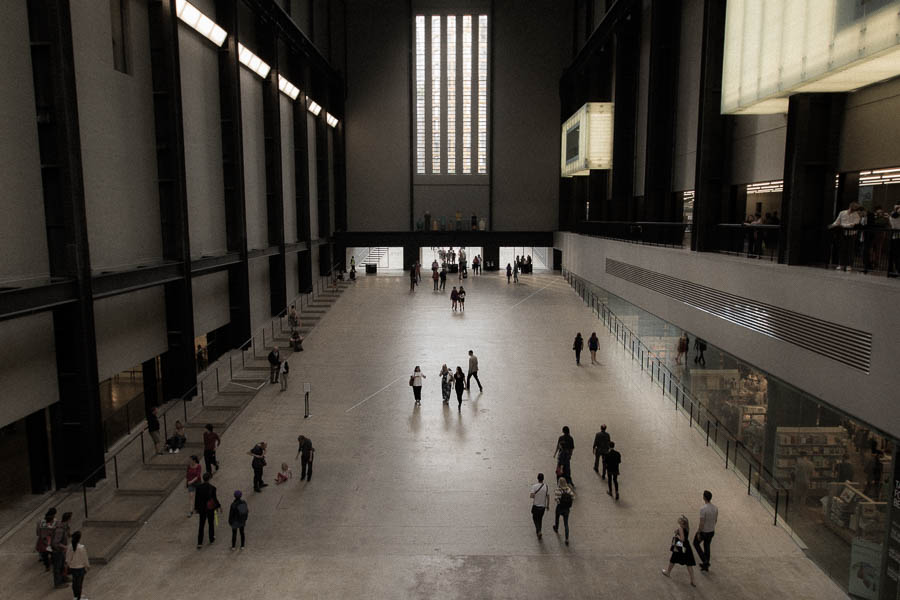
And one of the staircases in the new building:
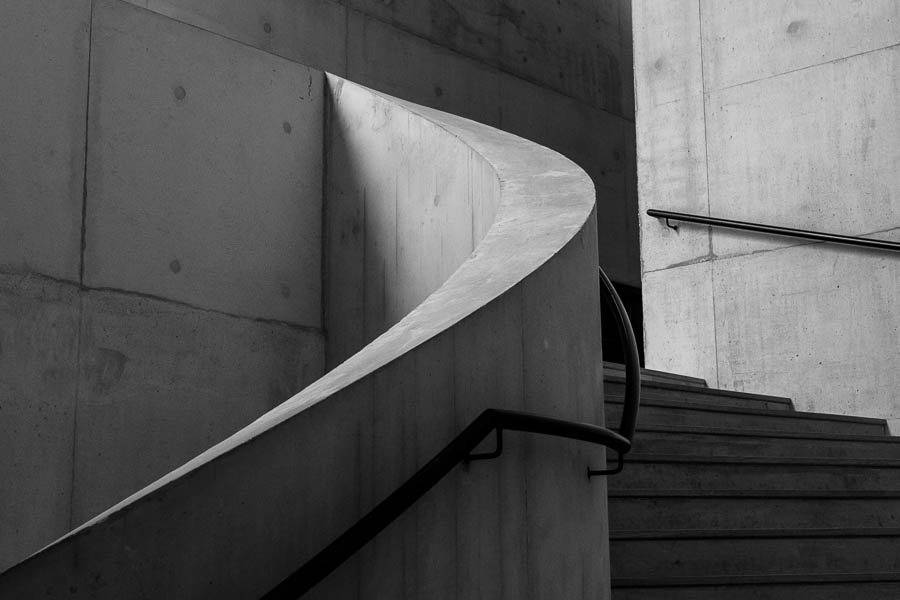
Later today or tomorrow, a couple photos of my hike in Buckinghamshire.
Last night some friends and I drove out to the middle of nowhere and popped off fireworks. It's a longer story than that, but it was tons of fun. I'll have photos when I get around to it.
Note: Parker did not join us.
Also, tomorrow I'll have some news. Check back.